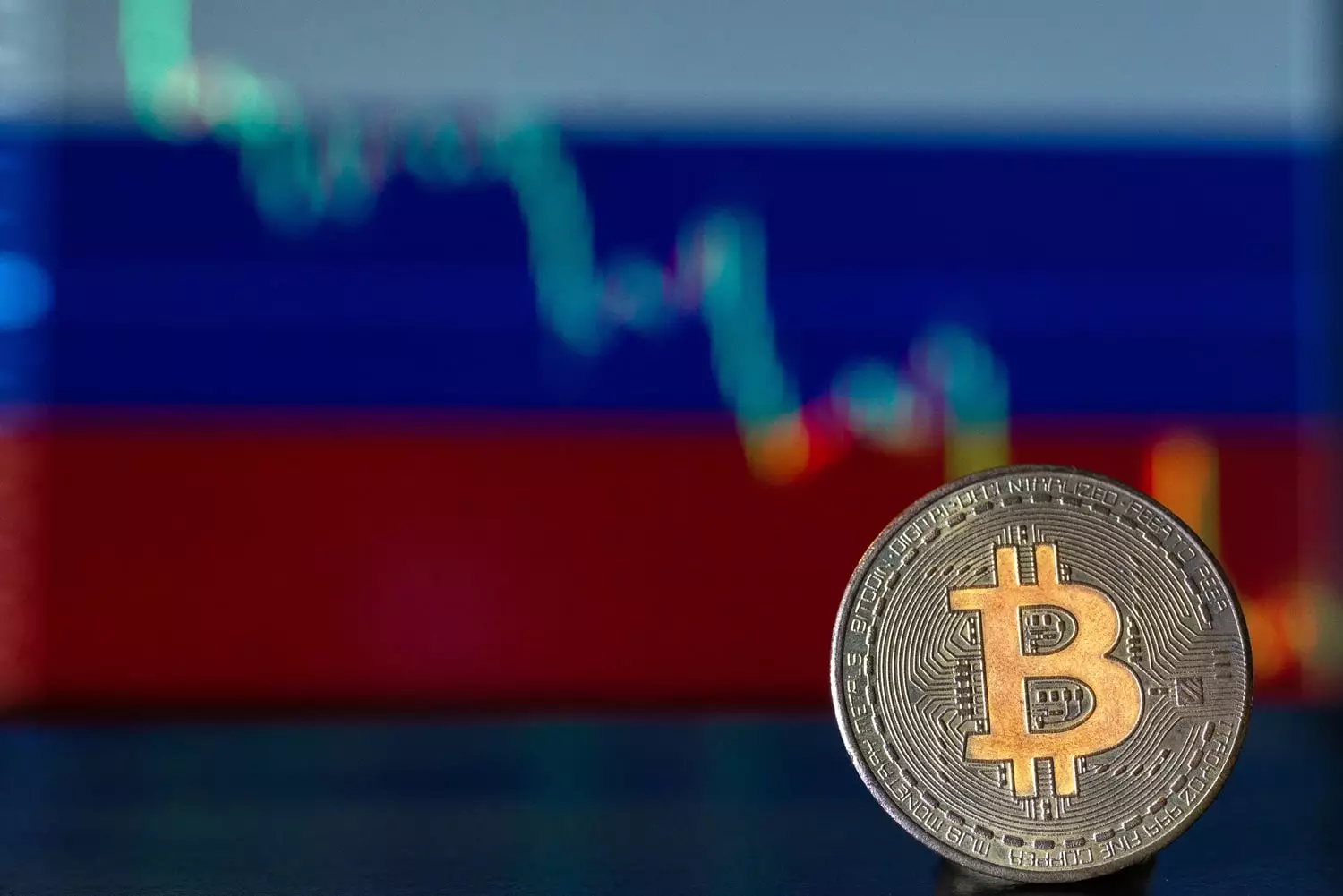Russia’s Central Bank has recently reported a significant drop in the number of citizens engaging in cryptocurrency trading. According to data from the bank, there has been a noticeable decrease in Russian crypto activity during the second and third quarters of 2023. The bank specifically highlighted a decline in visits to the websites of the world’s largest cryptocurrency trading platforms, as well as a reduction in the volume of Russian-owned cryptocurrency flowing on exchanges. This shift in behavior suggests that Russians are now favoring alternative methods of trading, such as peer-to-peer (P2P) and over-the-counter (OTC) markets.
The Central Bank’s data indicates that Russian cryptocurrency traders have effectively turned their backs on centralized crypto exchanges (CEXs) in favor of P2P and OTC markets. Earlier this year, a crypto security provider revealed that approximately $296 million worth of P2P crypto trades are made available every day in Russia. The bank also noted that P2P transactions have become the main channel for acquiring cryptoassets for Russian traders. In fact, the average monthly volume of Russian P2P crypto transactions has increased by an impressive 53.9% compared to the same period last year. These figures highlight the growing popularity and trust in alternative trading avenues within the Russian crypto community.
Many major international crypto exchanges have imposed restrictions on Russia-based crypto traders due to US- and EU-led sanctions. However, media reports suggest that many Russians are finding loopholes to evade these sanctions and are continuing to use overseas CEXs. Binance, for example, recently announced its complete withdrawal from Russia and the sale of its business to CommEX. The exchange has also discontinued ruble deposits and will stop withdrawals at the end of January next year. The Central Bank cautions against using “alternative” CEXs that specifically target Russians, as they may pose significant risks to citizens engaged in crypto trading.
While sanctions undoubtedly play a role in the decline of crypto trading in Russia, the Central Bank suggests that other factors may also be contributing to this trend. The bank notes that the activity of Russian crypto users fell noticeably in the third quarter, indicating that there may be additional drivers behind the decline. It is crucial to analyze these factors to gain a comprehensive understanding of the current state of the Russian crypto market.
Russia’s Central Bank has observed a decline in the number of citizens trading cryptocurrency. This decrease can be attributed to several factors, including the limitations imposed by international exchanges due to sanctions. However, it is clear that Russians are adapting to these challenges by shifting towards P2P and OTC markets. As the landscape of cryptocurrency trading continues to evolve, it will be interesting to see how Russian traders adapt and navigate the changing regulatory and geopolitical environment.


Leave a Reply